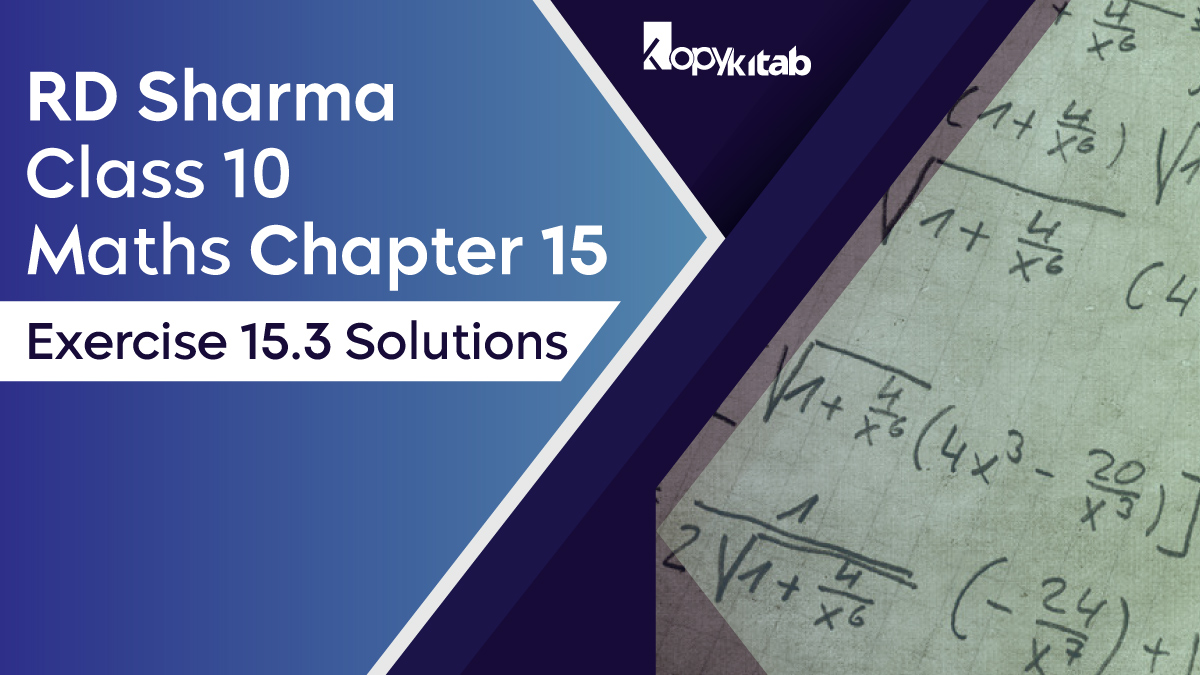RD Sharma Chapter 15 Class 10 Maths Exercise 15.3 Solutions is a comprehensive collection of answers to questions based on statistical concepts. This chapter lets you become familiar with statistical terms such as grouped and unordered data, frequency and class intervals. Our solutions for RD Sharma Class 10 Maths Solutions for Chapter 15 help you dig deeper into the concepts of mean, median, and mode to provide the best solution to the problems related to them.
RD Sharma Chapter 15 Class 10 Maths Exercise 15.3 Solutions: There are 14 questions in this exercise, and they all ask you to calculate the mean of the given frequency distribution using appropriate methods.
Download RD Sharma Chapter 15 Class 10 Maths Exercise 15.3 Solutions
RD SHARMA Solutions Class 10 Maths Chapter 7 Ex 7.3
Important Definition for RD Sharma Chapter 15 Class 10 Maths Exercise 15.3 Solutions
- Mean of Grouped Data
Here you learn the method of calculating the mean for grouped data with and without class interval, using the direct method, assumed mean method, and step-deviation method which are represented below.
- the direct method, mean = ∑fixi / ∑fi
- (ii) the assumed mean method, mean = a + (∑fidi / ∑fi)
- (iii) the step deviation method, mean = a + [(∑fiui / ∑fi) × h]
All these are based on the assumption that the frequency of a class is centred at its mid-point, called its class mark.
- Mode of Grouped Data
Here you learn the methods of calculating the median from a set of grouped data with and without class intervals, cumulative frequency, types of cumulative frequency distribution, and the most interesting, graphical representation of median.
The mode for grouped data can be determined by using the formula –
Mode = l + [(f1 –f0) / 2f1 – f0 –f2) × h]
The cumulative frequency of a class is the frequency obtained by adding the frequencies of all the classes preceding the given class.
- Median of Grouped Data
Here you learn the ways of calculating mode from a set of grouped and ungrouped data, finding mode without class intervals, representing mode graphically, and calculating central tendency.
The median for grouped data is formed by using the formula – Median = l + [(n/2 – cf) / f] × h
Know more at the official website.
